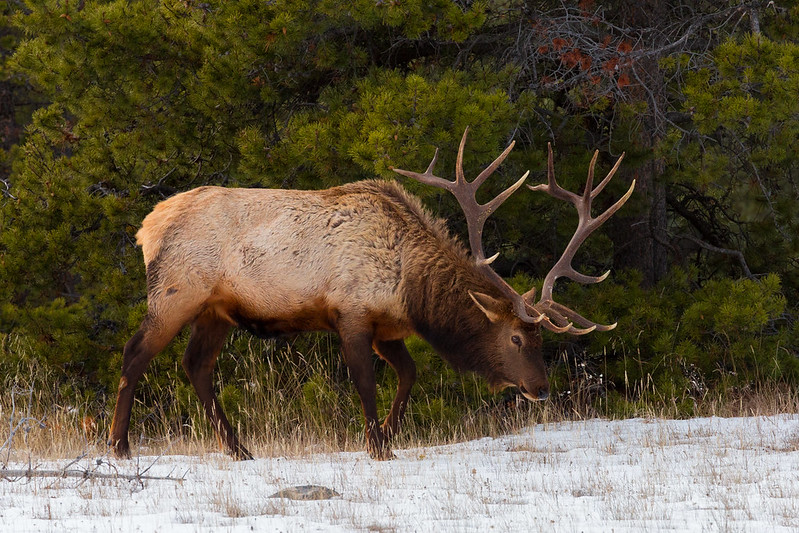
In Wyoming, 14% of all deer and elk tested last year were positive for chronic wasting disease (CWD), the Wyoming Game and Fish Department said yesterday.
Officials tested 5,276 samples in 2024 from mule deer, white-tailed deer, elk, and moose—members of the deer family also known as cervids. The samples were from hunter-harvested, targeted, and road-killed animals.
Of hunter-harvested male mule deer tested, 19.4% came back positive, an increase from 18.9% in 2023. Of hunter-harvested white-tailed bucks, 29.2% tested positive, down slightly from 30.3% in 2023. And 2.3% of adult hunter-harvested elk tested positive, which was down from 2.8% in 2023.
The number of samples tested was a bit higher than the number in 2023, when scientists assayed 5,100 samples.
Two thirds of 1 deer herd infected
In 2024, CWD was detected in three new deer hunt areas and three new elk hunt areas. And earlier this year CWD was found in three additional elk hunt areas, and on four elk feeding grounds in western Wyoming.
To determine CWD prevalence in individual herds, researchers used 5-year averages to ensure a significant sample size. At 66.3%, the Project herd in the Lander Region continues to have the highest CWD prevalence in Wyoming deer. The Shoshone River herd in the Cody Region is next, at 47.6%.
The Iron Mountain herd in southeast Wyoming had the highest CWD prevalence among elk, at 10.1%. The North Bighorn elk herd in north-central Wyoming was second at 9.1%, a noticeable increase from 7.0% from 2019 through 2023.
CWD is a fatal untreatable disease of the central nervous system in cervids and is a transmissible spongiform encephalopathy—the same disease group as bovine spongiform encephalopathy, or "mad cow" disease. These encephalopathies are caused by abnormally folded proteins called prions. There has not yet been a human CWD case, but officials recommend not consuming the meat of CWD-positive animals.












